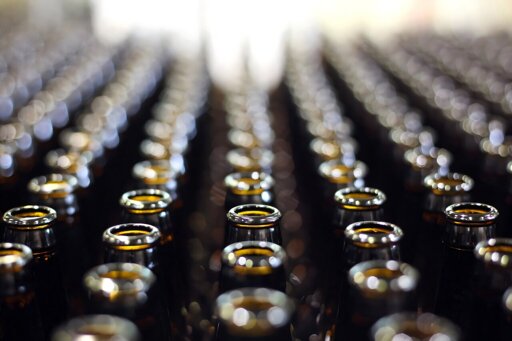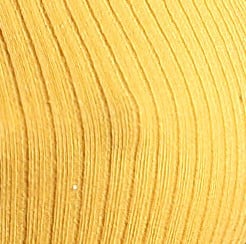The researchers found an average of around 100 microplastic particles per liter in glass bottles of soft drinks, lemonade, iced tea and beer. That was five to 50 times higher than the rate detected in plastic bottles or metal cans.
“We expected the opposite result,” Ph.D. student Iseline Chaib, who conducted the research, told AFP.
“We then noticed that in the glass, the particles emerging from the samples were the same shape, color and polymer composition—so therefore the same plastic—as the paint on the outside of the caps that seal the glass bottles,” she said.
The paint on the caps also had “tiny scratches, invisible to the naked eye, probably due to friction between the caps when there were stored,” the agency said in a statement.
This could then “release particles onto the surface of the caps,” it added.
So nothing coupled to the glass but rather the cap having a extra plastic layer on the wet side.
Sounds like we found the issue, now it’s just a matter of producers improving the caps
Only if it doesn’t cut it to record profits
Nah ill just spend $50 to have a Congress member introduce a bill to make regulating microplastics illegal
In a bizarre twist, plastic bottles have been found to contain alarming levels of microglass.
Lets go back to corks
As someone in a cork industry, you really don’t want that.
What is this teasing? Elaborate.
It takes a lot of effort to soak the corks.
Its really hard to soak my own cork, so I just get my girlfriend to soak my cork instead.
I also get this guy’s girlfriend to soak my cork
She does have a lot of experience soaking cork
We know
Man on the surface this reeks of inside payoffs. I guess the technicality is plastic caps on glass bottles?? Which seems weird and nothing I’ve ever seen. Unless they’re referencing the seal on the inside of some metal caps on glass bottles? Either way, seems suspect. I’d assume that overall drinking from glass is safer, as with plastic on any timeline you’re dealing with the plastic breaking down and leaching chemicals and micro plastics into the liquid, which wouldn’t be an issue with glass.
The paint itself on the outside of the bottle cap. The ultra thin layer of (apparently polymer a.k.a. plastic) paint that make the cap not just metal colored.
I thought they were talking about the seal.
Just pour it from the glass bottle to the plastic bottle. Problem solved
For the people in the comments who either won’t or seemingly can’t read the article: The paint on the top of the caps is plastic-based and before they’re put on the bottle they’re stored in a big jumbled up pile where the paint chips off and coats the caps in tiny flakes. When the cap gets put on the bottle, the flakes on the bottom of the cap get washed off into your drink. Studies show that washing the caps first dramatically reduces the micro-plastic contamination.
Title seems misleading.
As the micro plastics were found on the paint outside the bottle cap. It seems complicate that that ended on the drink itself. Unless you are licking the bottle cap it doesn’t seem that relevant.
I think because there is a helix twist that glass would grind away the plastic every time it’s recapped. Hence why at the end of the article it is urging manufacturers to use air and alcohol to clean the cap before fitting it to the bottle. Additionally using something other than a plastic cap to reseal the bottle when being used. And especially not one with a helix requiring a twist. You can use a wine reseal which requires no twisting
We just need glass caps then
In a bizarre twist, glass caps have been found to contain alarming levels of microdrink.
…do plastic bottles not have caps? I’m confused.
their caps are fully plastic, not painted metal. The non-screwtop metal caps need to be bent to release their grip on the bottle. That scrapes the paint off the metal cap.
But the plastic bottle can still create a lot more, surely.
WTF. Guess I’m an android now, because I’m half plastics on the inside.
Anyone drinking beer or soft drinks out of glass bottles probably isn’t worried about micro-plastics.





